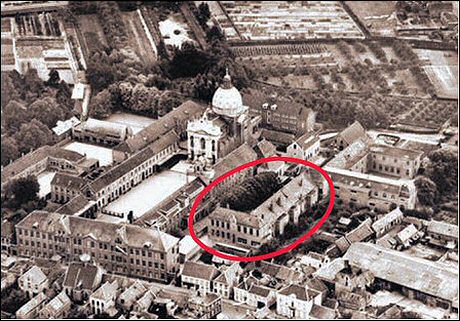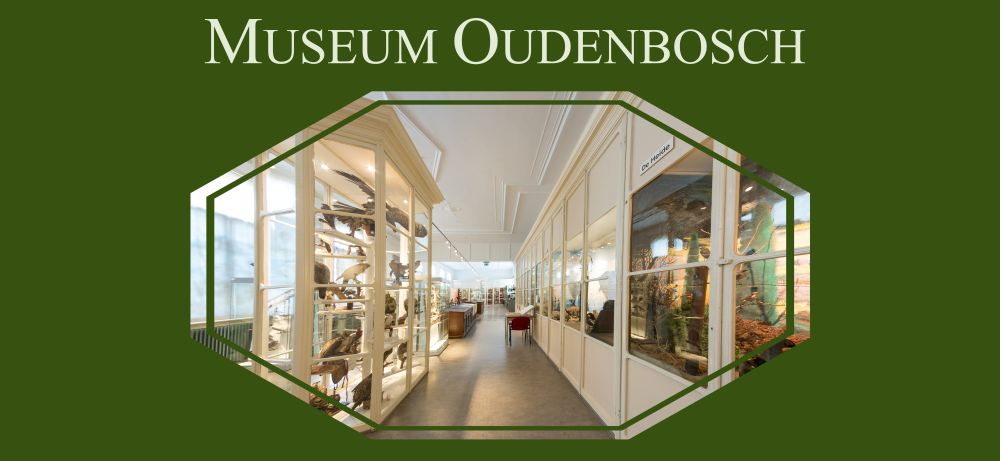The collections originate from the middle of the 19th century, after the Brothers of St. Aloysius of Gonzaga - shortly: the Brothers of Saint Louis - started their educational establishment at Oudenbosch.
From numerous missionary fields the brothers brought along many objects of naturalistic or ethnological interest, partly as mementoes, partly in the interest of education. But there was also the personal interest of brothers for e.g. archaeology, local history and history worldwide, that instigated extensive and unique collections. In later years further objects were donated or purchased.
Mounted animals, scientific intruments, archaeological finds and objects from the "mission countries" found their place within the school walls. These developed into a "physical cabinet" and an "Indian museum".
In 1902 the fraternity purchased the collection of indigenous singing birds from mr. Van den Bogaert of ’s Hertogenbosch. This collection included all species of singing birds then extant in the Netherlands with in addition a number of extraordinary items such as an albino jackdaw.
The collection was at that time not open to the "general" public.
When brother teacher had his birthday or... was in a very good mood, a primary school pupil was allowed to visit the collection with his classmates. Reverently you stood in front of the high, white-painted display cases, crammed with all kinds of items you could hardly understand.
In 1956 the different display rooms were joined to become one museum: the Museum of Natural HIstory and Ethnology. Twelve years later the complete collection was moved to the vacated study rooms of the Regina Building. This was a largish conglomerate of buildings dating from 1904, where a primary school, a secondary school and a teacher training college were established. The building was dedicated to the Holy Virgin Mary, the Queen of Heaven - thence the name of "Regina Building".
De traing colleges was demolished in a wave of "old-rubbish-fervour", the primary school (St. Mary School) is still part of the complex, and the type of secondary education that was offered has disappeared from the world of education years ago. After the objects were moved to the Regina Building, the museum admitted other visitors as well.
In 1979 the Brabant Union of Museums stated that the museum "in its current form, in regard of the assembly of its collection as well as in regard of its interior design, has become the only one of its kind".
During the eighties of the last century the municipality of Oudenbosch purchased the buildings from the brothers. In 1985 the collections were put in the care of an official foundation: the Oudenbosch Museum of Natural History and Ethnology.
The collection regarding the history of the Zouaves (papal soldiers) hed earlier been placed in a separate museum the Zouavenmuseum.
Since 2004 the museum is classified as a ‘Registerd Museum’, which means that it shares its high professional standards with the topmost of Dutch museums



